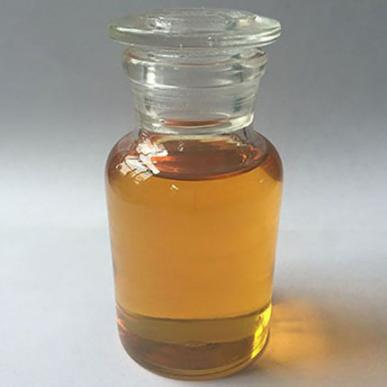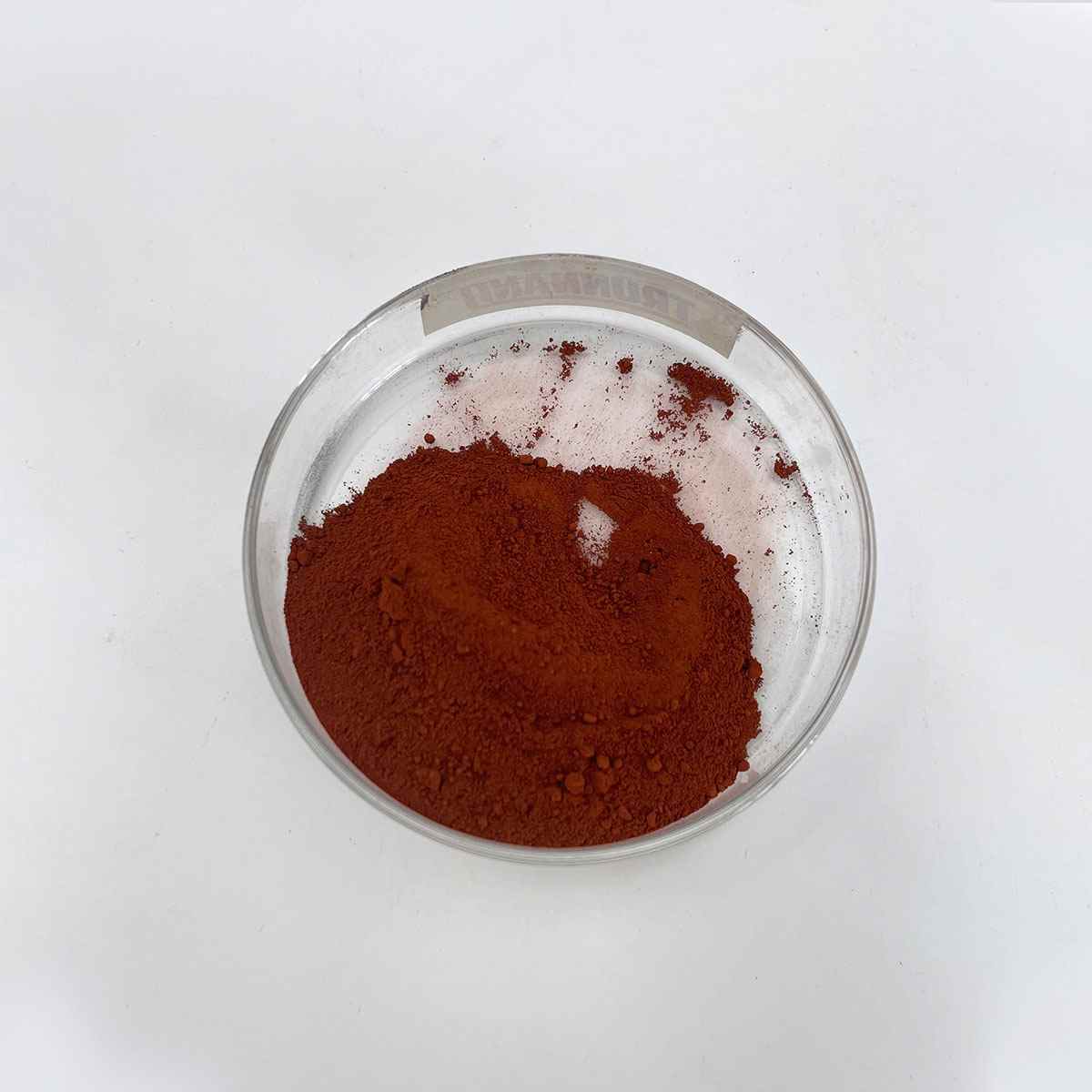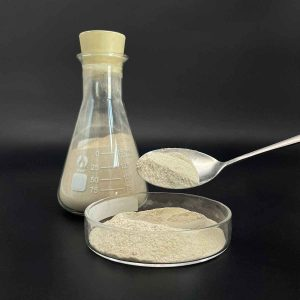1. Introduction
In the past 48 hours, a viral TikTok video reignited public concern about ‘sulfates’ in shampoos, specifically targeting sodium lauryl sulfate (SLS) and sodium laureth sulfate. The post, viewed over 5 million times, claimed these ingredients cause hair loss and scalp irritation—prompting a swift response from cosmetic chemists and dermatologists who emphasized context, concentration, and formulation. This renewed spotlight makes it the perfect time to explore what sodium lauryl sulfate really is, how it works, and whether it deserves its controversial reputation.

2. What Is Sodium Lauryl Sulfate?
Sodium lauryl sulfate (SLS), also known as sodium dodecyl sulfate or natrium lauryl sulfate, is a synthetic anionic surfactant. The terms ‘sls sodium lauryl sulfate,’ ‘na lauryl sulfate,’ and ‘lauryl sulfate’ all refer to the same compound. As a surfactant—short for ‘surface-active agent’—SLS reduces surface tension between liquids or between a liquid and a solid, enabling better mixing, foaming, and cleaning.
The meaning of surfactant lies in its molecular structure: one end is hydrophilic (water-loving), and the other is hydrophobic (oil-loving). This dual nature allows SLS to lift grease, dirt, and oils from surfaces, which is why it’s so effective in everything from toothpaste to dish soap.
3. How SLS Compares to Other Surfactants
Not all surfactants are created equal. They fall into four main categories: anionic, cationic, non-ionic, and amphoteric. SLS is a classic example of an anionic surfactant, carrying a negative charge in solution. In contrast, cationic surfactants like cetyl trimethyl ammonium bromide (CTAB) or cetyltrimethylammonium bromide carry a positive charge and are often used as antimicrobials or conditioners.
Amphoteric surfactants, such as cocamidopropyl betaine (also called coco betaine, amidopropyl betaine, or coco amido propyl betaine), can switch charge depending on pH and are prized for their mildness. They’re frequently paired with SLS to reduce irritation.

Non-ionic surfactants like polysorbate 80, Span80, Pluronic 127 (poloxamer 188), decyl glucoside, and coco glucoside don’t carry a charge and are often used in food, pharmaceuticals, and eco-friendly cleaners. Bio surfactants, derived from natural sources like sugar or coconut oil, include alkyl polyglucoside and sodium cocoyl glutamate—popular in ‘sulfate-free’ formulations.
4. Common Alternatives and Confusions
Many consumers confuse SLS with sodium laureth sulfate (also called sodium lauryl ether sulfate, sodium lauryl ether sulphate, laureth sulfate, or sulphate laureth sulfate). While both are anionic surfactants and create rich lather, sodium laureth sulfate is ethoxylated—meaning it’s been treated with ethylene oxide—which makes it milder than SLS. You’ll often see ‘sls sodium laureth sulfate’ listed together in ingredient myths, but they are distinct chemicals.
Other gentle anionic surfactants include sodium lauroyl sarcosinate (lauroyl sarcosinate), sodium cocoyl isethionate, sodium coco sulfate (sometimes mislabeled as coco sodium sulfate), and sodium lauroyl methyl isethionate. These are common in premium or sensitive-skin products.
Meanwhile, ammonium lauryl sulfate (or ammonium dodecyl sulfate) is another SLS cousin used in shampoos for its high foaming power.
5. Uses Beyond Personal Care

SLS isn’t just for bubbles in your shower. It’s also used as a surfactant for herbicides and weed killers, helping active ingredients stick to and penetrate waxy plant leaves. In agriculture, it functions as a lawn wetting agent or wetting agent for grass, improving water distribution in soil.
Industrial applications include its use alongside lignin sulfonate or sodium dodecylbenzene sulfonate in detergents and emulsifiers. Though not typically used with fluoro surfactants or copper 1 bromide, SLS remains a cost-effective, high-performance option for many formulations.
For those seeking sodium lauryl sulfate for sale, it’s widely available from chemical suppliers like Rohit Surfactants Private Limited, especially for industrial or formulation purposes.
6. Safety and Misconceptions
Despite online rumors, regulatory bodies like the FDA and EU Scientific Committee on Consumer Safety consider SLS safe at typical use concentrations (usually 1–15% in rinse-off products). Irritation is possible at high doses or with prolonged skin contact, but it’s not carcinogenic or inherently toxic.
The key is formulation: when combined with amphoteric surfactants like cocamidopropyl or non-ionic surfactants like ethoxylated alcohols, SLS becomes significantly gentler. Also, ‘sulfate-free’ doesn’t automatically mean safer—some alternatives can be equally or more irritating depending on the individual.
7. Conclusion
Sodium lauryl sulfate is a powerful, versatile anionic surfactant that has earned its place in countless products due to its effectiveness and affordability. While it can be irritating in high concentrations, modern formulations often balance it with milder surfactants like cocamidopropyl betaine or alkyl polyglucoside. Understanding the difference between SLS, sodium laureth sulfate, and other surfactants empowers consumers to make informed choices—not fear-driven ones. Whether you’re choosing shampoo, dish soap, or a weed killer, knowing what’s in it—and why—makes all the difference.
Our Website founded on October 17, 2012, is a high-tech enterprise committed to the research and development, production, processing, sales and technical services of ceramic relative materials such as What. Our products includes but not limited to Boron Carbide Ceramic Products, Boron Nitride Ceramic Products, Silicon Carbide Ceramic Products, Silicon Nitride Ceramic Products, Zirconium Dioxide Ceramic Products, etc. If you are interested, please feel free to contact us.


